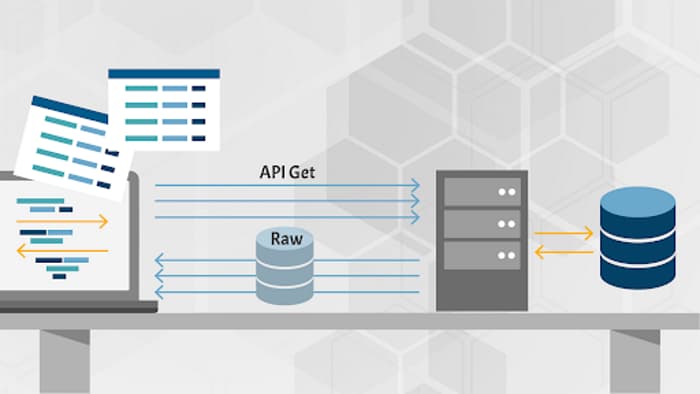The API may expose a lot more data than what the client legitimately needs, relying on the client to do the filtering. If attackers go directly to the API, they have it all.

Use case
- The API returns full data objects as they are stored in the backend database.
- The client application filters the responses and only shows the data that the users really need to see.
- Attackers call the API directly and get also the sensitive data that the UI would filter out.
How to prevent
- Never rely on the client to filter data!
- Review all API responses and adapt them to match what the API consumers really need.
- Carefully define schemas for all the API responses.
- Do not forget about error responses, define proper schemas as well.
- Identify all the sensitive data or Personally Identifiable Information (PII), and justify its use.
- Enforce response checks to prevent accidental leaks of data or exceptions.